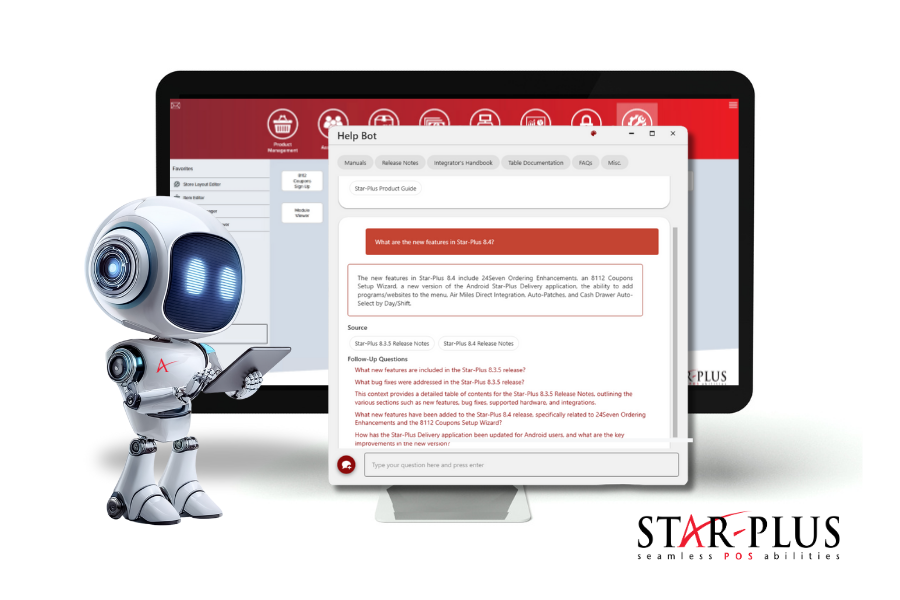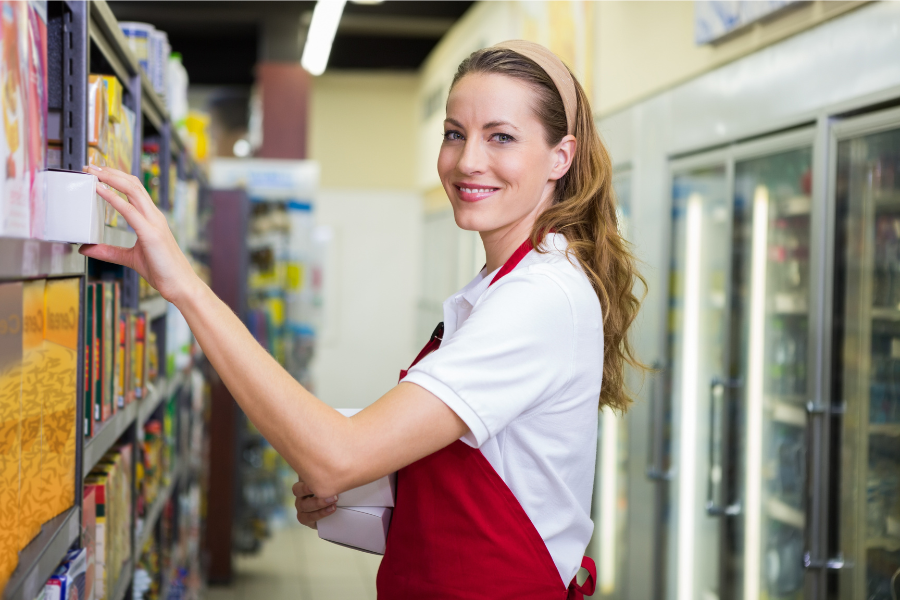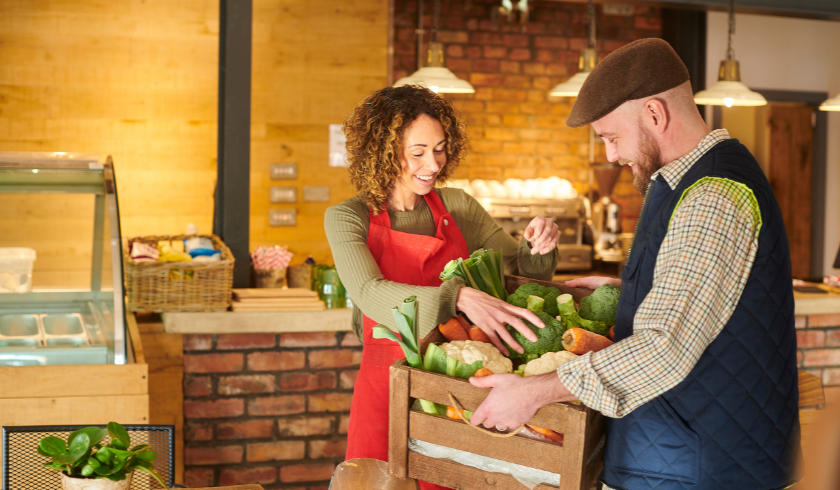As vaccines for COVID-19 start to become available to the general public, retailers are preparing for customers to open up their wallets again to their favorite brands. However, with COVID-19 still a prevalent threat to a majority of the population, retailers must continue to make customer safety a top priority as we move into the new normal.
Even as foot traffic increases, many consumers are still hesitant to return to public spaces. In June of 2020, market research firm Ipsos polled 2,000 consumers and reported that 62% of them would stop shopping at a retailer, not taking health and safety procedures seriously. Luckily, there are several ways retailers can help their consumers enjoy their favorite brands in-store while keeping safety priority number one.
Proper Hygiene and Disinfection Practices
Protecting your consumers starts at the home base–making sure your retail store follows proper safety procedures in-house. It is crucial to ensure that employees understand and participate in healthy choices, such as correct handwashing techniques and the use of gloves, masks, and other PPE. Employees’ temperature and general wellness should be checked before their shift, and they should adhere to social distancing guidelines when off duty or after a potential exposure. These methods will help prevent the spread of harmful pathogens between staff members and customers.
In addition to employee hygiene, your retail store should follow strict cleaning and disinfection procedures. Employees should disinfect and clean workspaces and equipment regularly, paying particular attention to frequently touched surfaces. An excellent way to keep track of what has been cleaned is through a checklist; once a task is completed, employees can check it off to make sure nothing has been forgotten. To provide additional security to employees and consumers, retailers can establish introducing sanitation stations throughout the store for quick and convenient use.
Social Distancing
Paired with proper hygiene and disinfection practices, retailers can further ensure a safe in-store experience by establishing social distancing practices. Many retail stores have installed floor markings and digital signage to control the flow of traffic and maintain a six feet distance while shopping. One of the most important things retailers should consider is establishing a capacity limit for their store, only allowing a certain number of people in at one time so that proper social distancing can occur.
In instances where a six-foot distance isn’t possible, such as at checkout, retail stores can provide clear barriers to keep customers separated from employees while they process payments. In lieu of these clear barriers, many retailers have taken this opportunity to install self-checkout systems. Sanitized after each use, self-checkout stations minimize direct interactions as well as free up employees to focus their efforts on other essential duties. They also work to increase checkout efficiency, eliminating long lines where social distancing can get tricky and getting customers out the door faster so others can come in.
Contactless Payments
Another great way to keep consumers safe while shopping in-store is by replacing the use of high-frequency touchpoints with contactless payment options. Contactless payments have increased in popularity over the past year as more people become aware of how unsanitary cash and credit cards are, especially when passed back and forth between customers and staff. With contactless payments, human contact is removed from transactions.
Retailers who have not yet invested in contactless payment systems should do so as soon as possible; they’re not only more hygienic but also becoming a consumer preference with the rising popularity of smartphone payments. Further, when retailers provide contactless payments, they won’t have to clean the payment terminal as often. In the end, the investment will pay off during future cold and flu seasons and as alternative e-wallets become more popular.
eCommerce
Retailers can help keep consumers safe by offering alternative options to shopping in-store, such as eCommerce. Online shopping saw a massive increase in 2020 as customers stayed in their homes, and industry experts don’t expect that to change in 2021. Many customers have grown accustomed to placing orders from home or on the go; the convenience of being able to order from anywhere is unmatched.
The use of eCommerce as an alternative to brick and mortar retail stores will help keep foot traffic to a minimum, even when providing services like delivery or pick up. With the reach your eCommerce store gives you, your business will benefit from an additional revenue stream. Your online store also presents an excellent opportunity to upsell items to customers so you can maximize sales. However, before you settle on an eCommerce solution, it is crucial to choose one that is easy to use for customers and staff.
Curbside Technology
Another great way to incorporate convenience and safety procedures into your retail store is to put a curbside pickup system in place. If you offer online ordering, curbside service is an easy addition; customers can place their order online, and once their order is ready, they can drive to your store and wait for it to be delivered to them in their vehicle. This helps to reduce foot traffic in your store and allows employees and customers to maintain distance during their transactions.
Curbside pickup at retail stores surged 208% in April of 2020 alone, and as the year progressed, curbside pickup has only become more popular at retail stores like Target, Walmart, and Sam’s Club. With consumers enjoying this service’s convenience, many big brands intend to keep curbside solutions long after the pandemic has ended.
Delivery Services
Another common addition to eCommerce solutions is delivery service. Retailers who establish an eCommerce presence can utilize delivery services to let consumers order online without having to leave their homes to pick up their orders. When a certain percentage of customers are ordering online and utilizing delivery services, in-store foot traffic and direct contact are reduced exponentially.
2020 fueled a digital revolution for retail; if you aren’t providing eCommerce and delivery services in 2021, you’re more likely to fall behind your competitors. Delivery is one of the most convenient services you can offer, and your customers will thank you for it.
While customers and retailers alike maneuver shopping in the new normal, it’s crucial to ensure your establishment is optimized for the health and safety of all. From introducing strict hygiene and disinfection methods to creating an eCommerce store, customers appreciate a retail stores’ safety precautions, making them more likely to return to your brand as in-store shopping resumes. If you’re ready to partner with a point of sale provider that will put your store’s health first, contact Auto-Star today.












